Glass is a ubiquitous material, found in almost every aspect of our modern lives – from our smartphones and tablets to our car windshields and building windows. While glass serves as an excellent aesthetic and structural component, it is not immune to damages such as cracks, scratches, and chips. Until recently, traditional repair methods for glass were often costly and time-consuming. However, with the advent of glass nano repair technology, a new era has dawned, revolutionizing the glass repair industry. 1. Understanding Glass Nano Repair: Glass nano repair is a cutting-edge technology that employs the use of specially formulated nanoparticles to repair damaged glass surfaces. These nanoparticles penetrate the damaged area at a microscopic level, binding with the glass molecules and restoring its structural integrity. This process ensures that the repaired glass retains its transparency and strength, without compromising the overall aesthetics.
.
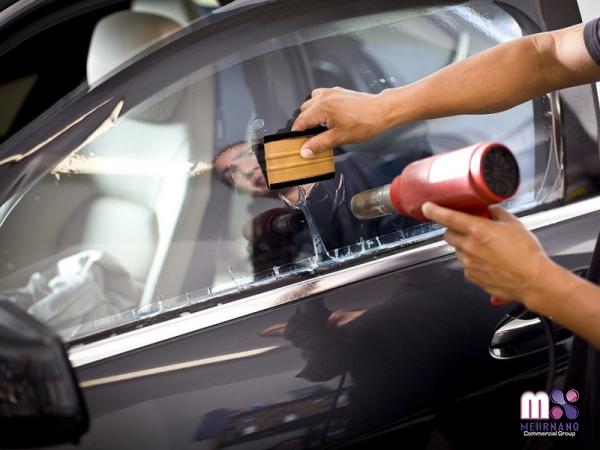 2. Advantages of Glass Nano Repair: 2.1 Cost-Efficiency: Traditional glass repair methods often involve complete replacement, which can be expensive. Glass nano repair avoids this unnecessary expense by addressing the damage directly and instantly saving the cost of replacement. 2.2 Time-Saving: Traditional glass repair methods can take days or even weeks to complete, often resulting in significant downtime for individuals or businesses. Glass nano repair, on the other hand, is a quick and efficient process that can be completed in a matter of hours, minimizing disruptions. 2.3 Aesthetic Restoration: Glass nano repair ensures that the repaired area retains its original transparency and clarity, making it virtually indistinguishable from the surrounding glass. In situations where replacement would result in a mismatched or noticeable repair, glass nano repair offers a seamless solution.
2. Advantages of Glass Nano Repair: 2.1 Cost-Efficiency: Traditional glass repair methods often involve complete replacement, which can be expensive. Glass nano repair avoids this unnecessary expense by addressing the damage directly and instantly saving the cost of replacement. 2.2 Time-Saving: Traditional glass repair methods can take days or even weeks to complete, often resulting in significant downtime for individuals or businesses. Glass nano repair, on the other hand, is a quick and efficient process that can be completed in a matter of hours, minimizing disruptions. 2.3 Aesthetic Restoration: Glass nano repair ensures that the repaired area retains its original transparency and clarity, making it virtually indistinguishable from the surrounding glass. In situations where replacement would result in a mismatched or noticeable repair, glass nano repair offers a seamless solution.
..
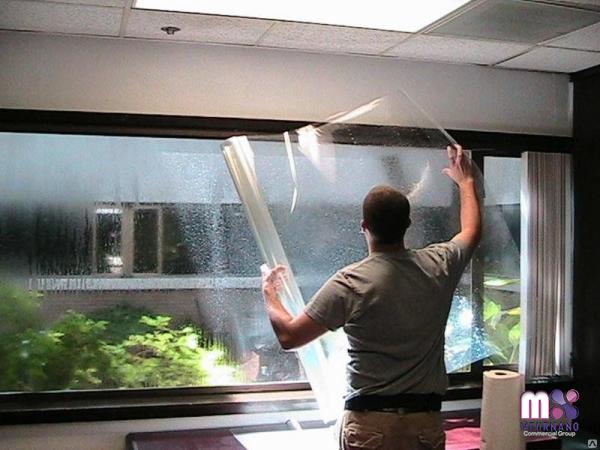 2.4 Eco-Friendly Approach: By opting for glass nano repair instead of replacement, individuals and businesses actively contribute to reducing waste and minimizing their carbon footprint. The repair process also requires fewer resources compared to the production of new glass components. 3. Applications: Glass nano repair finds applications in various sectors, including automotive, construction, electronics, and household goods. Whether it’s a cracked windshield, scratched smartphone screen, or chipped glass decor, nano repair technology can effectively restore the functionality and appearance of the damaged glass. 4. Choosing a Glass Nano Repair Service: When selecting a glass nano repair service provider, it is crucial to consider the following factors: 4.1 Experience and Expertise: Look for a service provider with extensive experience in glass repair and a deep understanding of nano repair technology.
2.4 Eco-Friendly Approach: By opting for glass nano repair instead of replacement, individuals and businesses actively contribute to reducing waste and minimizing their carbon footprint. The repair process also requires fewer resources compared to the production of new glass components. 3. Applications: Glass nano repair finds applications in various sectors, including automotive, construction, electronics, and household goods. Whether it’s a cracked windshield, scratched smartphone screen, or chipped glass decor, nano repair technology can effectively restore the functionality and appearance of the damaged glass. 4. Choosing a Glass Nano Repair Service: When selecting a glass nano repair service provider, it is crucial to consider the following factors: 4.1 Experience and Expertise: Look for a service provider with extensive experience in glass repair and a deep understanding of nano repair technology.
…
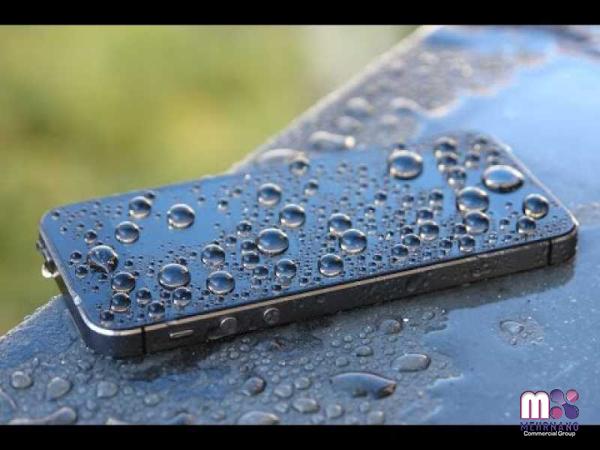 4.2 Certifications and Industry Affiliations: Ensure that the service provider holds relevant certifications and affiliations, demonstrating their commitment to maintaining industry standards and best practices. 4.3 Customer Reviews and References: Seek out customer testimonials and references to gauge the service provider’s track record in delivering quality repairs and customer satisfaction. 4.4 Warranty and Guarantees: A reputable glass nano repair service provider should offer warranties or guarantees on their work, providing peace of mind to customers. Conclusion: Glass nano repair presents a game-changing solution for those faced with glass damages, offering a cost-effective, time-saving, and environmentally-friendly alternative to traditional repair methods. With the ability to restore glass transparency and strength at a microscopic level, nano repair technology is poised to reshape the glass repair industry, providing individuals and businesses with efficient and reliable solutions.
4.2 Certifications and Industry Affiliations: Ensure that the service provider holds relevant certifications and affiliations, demonstrating their commitment to maintaining industry standards and best practices. 4.3 Customer Reviews and References: Seek out customer testimonials and references to gauge the service provider’s track record in delivering quality repairs and customer satisfaction. 4.4 Warranty and Guarantees: A reputable glass nano repair service provider should offer warranties or guarantees on their work, providing peace of mind to customers. Conclusion: Glass nano repair presents a game-changing solution for those faced with glass damages, offering a cost-effective, time-saving, and environmentally-friendly alternative to traditional repair methods. With the ability to restore glass transparency and strength at a microscopic level, nano repair technology is poised to reshape the glass repair industry, providing individuals and businesses with efficient and reliable solutions.


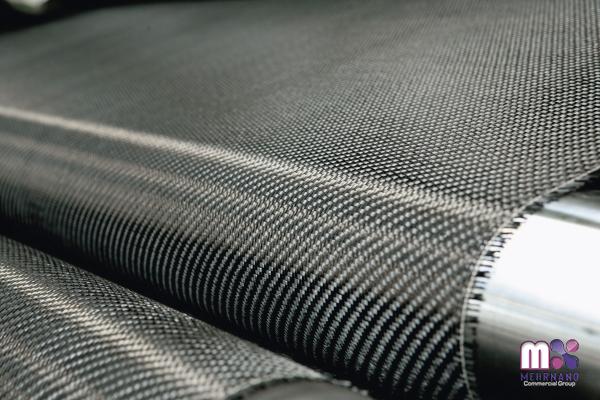





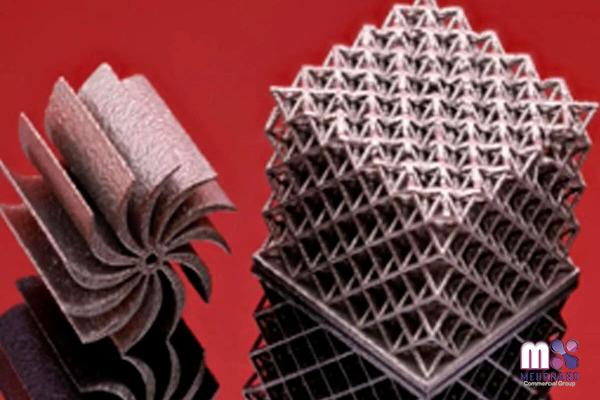
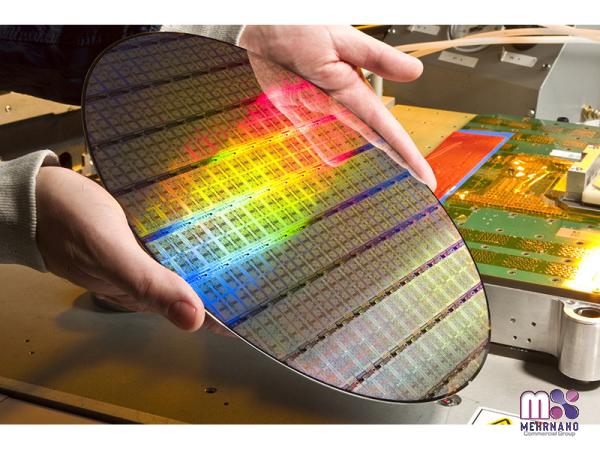

Your comment submitted.